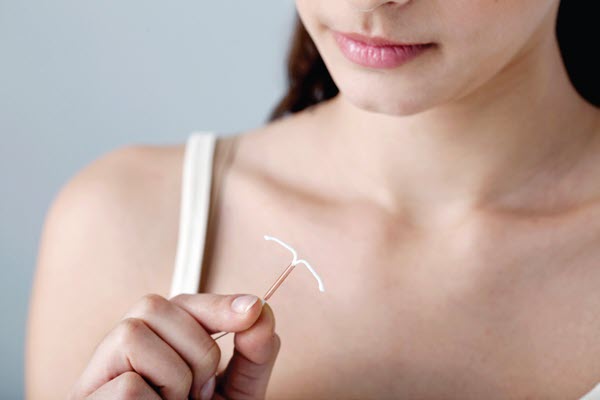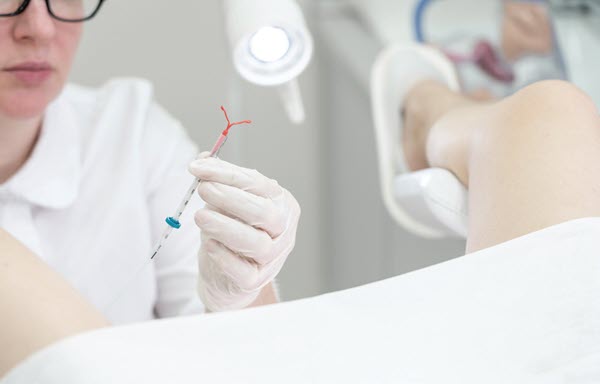Do You Know How to Report IUD Insertions and Removals? Find Out.
Documenting payer preferences will prevent denials. Coding intrauterine device (IUD) insertions and removals can be complicated, because not all payers want these claims done the same way. Some will reimburse IUD insertions but not removals, while others will include IUD removals in the office visits. So, what should you do? Check out the American Congress of Obstetricians and Gynecologists (ACOG)’s coding stance and know what you need to clarify with your payers. Pinpoint the Codes You Should Use When your ob-gyn inserts an IUD, you should report 58300 (Insertion of intrauterine device [IUD]. Link this code with Z30.430 (Encounter for insertion of intrauterine contraceptive device), says Melanie Witt, RN, MA, an independent coding expert based in Guadalupita, New Mexico. You should code removals with 58301 (Removal of intrauterine device [IUD]), Witt adds. If this is a routine removal, you should link this code with Z30.432 (Encounter for removal of intrauterine contraceptive device), Witt says. If your ob-gyn is removing the IUD because of a complication, consult your documentation. You might use complication codes. Some examples include: IUD Replacement Policies Can Vary Whether you should consider IUD replacements as both insertion and removal depends. ACOG’s advice is that you should consider this statement true. Refer to ACOG’s “Long-Acting Reversible Contraception Quick Coding Guide” (http://www.knowwhatuwant.org/uploads/pdf/ACOG_LARC_Reimbursement_coding_Guide.pdf). Also, you’ll find corroborating advice in CPT® Assistant. Red flag: You shouldn’t overlook one tricky statement — your payers’ policies may differ. Many payers continue to deny claims where you report codes for both the insertion (58300) and removal (58301) on the same day, despite no National Correct Coding Initiative (NCCI) bundle preventing you from reporting this code combination. Very few payers (if any) will pay for both services on the same day, experts say. What’s worse, payers often pay only the lesser-valued code. Code 58300 has 3.35 relative value units (RVUs) while 58301 has 3.32. That means your practice is out 0.03 RVUs, which can add up. Tactic: You should track your payers that pay only the removal when both are billed during a reinsertion and then bill only the insertion (58300) to those specific payers, experts say. Do You Know What to Do for This Same-Day Visit Scenario? Your ob-gyn either inserts or removes an IUD at the same time as an evaluation and management (E/M) or preventive visit. Can you report both? The answer is yes, provided your ob-gyn’s documentation supports using modifier 25 (Significant, separately identifiable evaluation and management service by the same physician or Other Qualified Health Care Professional on the same day of the procedure or other service). Make sure your physician has their notes in order, because chances are you’ll have to appeal. If the visit qualifies as a preventive service (such as when the patient undergoes an annual visit at the same encounter as an IUD removal), then you should add modifier 25 to a preventive services code (99381-99397). Theoretically, you should receive reimbursement for both the removal and the preventive service. The same holds true for a new or established patient office visit code (99202-99215, Office or other outpatient visit ...). Suppose the patient presents to your office with complaints about pain. Because the ob-gyn does not know what is causing the pain, they do a full examination and determine the IUD is the cause. They remove it. Provided they document this, you should be able to report 58301 and the office visit (99202-99215) with modifier 25. For instance, in 2016, Humana published the following: “Insertion and removal of an intrauterine device (IUD) is reimbursable with a new or established family planning visit or an evaluation and management visit. However, all components of an evaluation and management visit must be met and documented, in addition to the IUD service, before the IUD service can be reimbursed.” Watch out: The “theoretical” part comes into play, because some payers won’t pay for removals and prefer that you submit the E/M service only.






